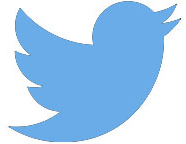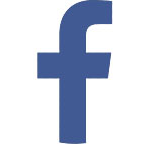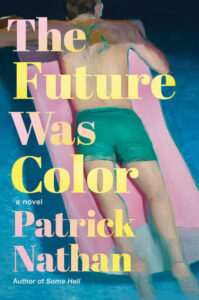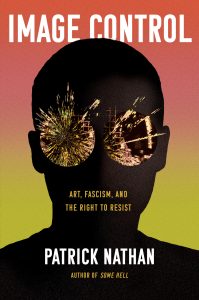Patrick Nathan
PATRICK NATHAN is the author of Image Control and Some Hell, a finalist for the Lambda Literary Award. His short fiction and essays have appeared in The New Republic, American Short Fiction, Gulf Coast, The Baffler, and elsewhere. He lives in Minneapolis.
Subscribe to our newsletter for news & events from Counterpoint Press.
Books
The Future Was Color
A Novel
A dazzling novel about the inextricable link between the personal and the political set against the decadence of Hollywood and postwar Los AngelesAs a Hungarian immigrant working as a studio hack writing monster movies in 1950s Hollywood, George Curtis must navigate the McCarthy-era studio system filled with possible communists and spies, the life of closeted men along Sunset Boulevard, and the inability of the era to cleave love from persecution and guilt. But when Madeline, a famous actress, offers George a writing residency at her estate in Malibu to work on the political writing he cares most deeply about, his world is blown open. Soon Madeline is carrying George like an ornament into a class of postwar L.A. society ordinarily hidden from men like him.
What this lifestyle hides behind, aside from the monsters on the screen, are the monsters dwelling closer to home: this bacchanalia covers a gnawing hole shelled wide by the horror of the war they thought they’d left behind and the glimpse of an atomic future. It’s here that George understands he can never escape his past as György, the queer Jew who fled Budapest before the war and landed in New York, all alone, a decade prior.
Spanning from sun-drenched Los Angeles to the hidden corners of working-class New York to a virtuosic climax in the Las Vegas desert, The Future Was Color is an immaculately written exploration of postwar American decadence, reinventing the self through art, and the psychosis that lingers in a world that’s seen the bomb.
Image Control
Art, Fascism, and the Right to Resist
Susan Sontag meets Hanif Abdurraqib in this fascinating exploration of the unexpected connections between how we consume images and the insidious nature of Fascism.Images come at us quickly, often without context. A photograph of Syrian children suffering in the wake of a chemical attack segues into a stranger’s pristine Instagram selfie. Before we can react to either, a new meme induces a laugh and a share. While such constant give and take might seem innocent, even entertaining, this barrage of content numbs our ability to examine critically how the world, broken down into images, affects us. Images without context isolate us, turning everything we experience into mere transactions. It is exactly this alienation that leaves us vulnerable to fascism—a reactionary politics that is destroying not only our lives and our nations, but also the planet’s very ability to sustain human civilization.
Who gets to control the media we consume? Can we intervene, or at least mitigate the influence of constant content? Mixing personal anecdotes with historical and political criticism, Image Control explores art, social media, photography, and other visual mediums to understand how our culture and our actions are manipulated, all the while building toward the idea that if fascism emerges as aesthetics, then so too can anti-fascism. Learning how to ethically engage with the world around us is the first line of defense we have against the forces threatening to tear that world apart.

Catapult | Counterpoint | Soft Skull
1140 Broadway #706
New York, NY 10001
646.926.0805 | info@counterpointpress.com






